When growing plants indoors, choosing the right grow lights can be crucial to achieving the best results. Full spectrum LED grow lights are a good choice for most home growers and many commercial setups too.
Read on to learn more about them, why they are a good choice, and how to choose the right ones for you.
Understanding Full Spectrum LED Grow Lights
Before you can make sure you choose the right full spectrum LED grow lights, you obviously need to understand what they are, their properties, and how you can tell different ones apart from one another.
What is Full Spectrum LED Lighting?

First of all, when we talk about LED lighting, we are talking about a light source using a light emitting diode. A light emitting diode is a type of semiconductor that has two electrically conductive materials placed in contact with one another. When electricity is passed through the diode, electrons are released from one of these materials into the other, and this release of energy creates light.
The 'full spectrum' part refers to the wavelengths of the light emitted. Like natural sunlight, full spectrum LED grow lights emits light that covers the entire electromagnetic spectrum from infrared, through the visible light spectrum of red through to blue light, to near-ultraviolet. In other words, emitting light at all wavelengths that are useful to plants and animals.
The CRI, or Color Rendering Index is a metric for the evaluation of full spectrum LED lighting because it tells us how similar the light source is to natural daylight. The more similar it is to natural daylight, the more ideal for your plants the grow light will be.
Why Choose Full Spectrum LED Lighting?

Because full spectrum grow lights cover the all the different wavelengths of light, especially the red and blue portions of the spectrum most important for plant growth, they are ideal for those trying to grow plants without the benefit of sufficient natural light.
Either part of the time, or entirely, full spectrum lighting can stand in for natural sunlight, allowing photosynthesis in your plants to take place as it should.
LED lighting in particular is beneficial because it offers this light for a lower-running cost. These lights are incredibly efficient, don't lose energy to heat, and last a long time. They can also offer the opportunity to customise the output to suit specific plants. LED lighting enables the optimization of the illumination spectrum for specific plants, thus maximizing the yield and nutritional quality of edible crops, for example.
Grow Light Comparisons:
LED Grow Lights vs Incandescent Grow Lights
LED grow lights are far more efficient than incandescents and will not heat up as much, causing inefficiencies and problems for plants.
LED Grow Lights vs Fluorescent Grow Lights
LED grow lights are cheaper than fluorescent lights, both when it comes to initial outlay and ongoing running costs. They are more efficient and, again, put out less heat.
LED Grow Lights vs HID/HPS or MH Grow Lights
LED lights are far more efficient than these powerful bulbs, and are much easier and less costly for home growers to implement within their growing systems.
It should now be clear why full spectrum LED grow lights are frequently considered to be the best choice for home growers when growing plants indoors, in low-natural-daylight conditions.
Key Factors to Consider When Choosing a Full Spectrum LED Grow Light
While we have ascertained that full spectrum LED grow lights are a good choice, it is important to understand that these grow lights can differ in their characteristics and quality. It is important to make an informed choice when you make any purchasing decision.
Here are some of the key factors that you should look at when evaluating different options:
Light Spectrum

First of all, note that many LED grow lights are not full spectrum. Many cover only the red (500-700 nanometres) and blue (425 to 450 nanometres) parts of the visible light spectrum, with red and blue LEDs giving of a pinkish/ purplish light, since these are the most important wavelengths for plant growth.
Full spectrum LED grow lights cover a broader spread, covering the entirety of the visible light spectrum and beyond, and mimicking natural daylight. They give off a white light. Full spectrum lights, by more closely resembling natural sunlight, give plants everything that they need, and every wavelength of light that they would have when grown outdoors in a natural setting.
Light Intensity
It is not only the wavelengths of the light but also light intensity that we should look at when evaluating different LED grow light options.
The metrics PPFD (Photosynthetic Photon Flux Density) and PPF (Photosynthetic Photon Flux) quantify the amount of Photosynthetically Active Radiation (PAR) produced by a light source that plants can use for photosynthesis and growth. While PAR describes the quality of light, it does not measure the quantity.
Both PPFD and PPF are measured in micromoles. PPFD is expressed in micromoles per square meter per second (μmol·m²/s or μmol/m²/s), indicating the number of photons reaching a square meter each second. PPF is measured in micromoles per second (μmol/s), representing the total number of photons emitted per second by the light source. These terms and measurements are essential when evaluating the suitability of grow lights for plant cultivation.
Lux and lumens are other units you might encounter when choosing grow lights. These units are used to measure brightness. They indicate the amount of illumination output and the intensity of light from a source.
Lux measures light where it meets a surface (lumens per sq m), lumens measure the overall light emitted by a grow light or other light source in all directions.
Coverage Area

Before you can choose the right grow lights and determine how many you need, you will need to know the size of your growing area or areas. You will need to know the dimensions of the area in order to determine which lights will provide the coverage you need.
Usually, growers will work from the rough rule of thumb that they need 20-40 Watts per square foot (around 215 to 430 Watts per square metre) of growing area. Once you have a rough idea of how much power is needed, you can then work out, using this and the dimension of the growing areas, how many lights you should install.
Though of course the specific plants being grown and a number of other factors will determine which and how many grow lights you need.
Energy Efficiency
LED grow lights are, as mentioned above, highly efficient. But of course, quality can vary considerably and some are much more energy efficient than others.
Energy efficiency for grow lights can be measured by looking at PPE (Photosynthetic Photon Efficacy'. This measures how much PAR (Photosynthetically active radiation) is emitted for each Watt of electricity used. The higher the PPE value, the more efficient the grow light.
Heat Output
As mentioned above, LED grow lights always compare favourably with other types of grow light when it comes to how much of the energy is lost and how much heat is emitted. But while LED grow lights have low heat output, this does not mean that they emit no heat at all. All will emit some heat and some low-quality options will emit more heat than others.
It is important to choose lights with a low heat output, or good heat dissipation features to avoid potential problems for your plants.
Practical Considerations
Beyond the above characteristics, there are also a number of other practical considerations that it can be useful to take into account when choosing full spectrum LED grow lights, including:
Adjustability
When choosing grow lights it can be useful to consider how adaptable the setup will be over time. For example, it can be useful to think about whether you will be able to alter the output of light for different stages of plant growth.
In some cases you may only be able to alter the intensity of the light, while others may offer the opportunity to adjust the spectrum and the wavelengths of light that are emitted.
The more adjustability there is in a grow light, the more control you will have, and the better equipped you will be to offer optimal conditions for the plants that you wish to grow.
Build Quality and Durability
It is also important when choosing full spectrum LED grow lights to consider the quality of the materials used and of the construction. Good quality grow lights are an investment and so you want to make sure that the lights will not only suit your purposes and function as they should, but will also last for as long as possible, and be durable and reliable over time.
Resistance against water, and how the lights will stand up in, say, a dusty environment, can also be important aspects to consider. Poor quality lights will not necessarily be able to come with anything but an ideal environment and may bring a wide range of problems for you and your plants.
Reading reviews is always a good way to begin to get a clearer picture of quality or lack thereof. Be sure to try to find reviews from those who have used a particular grow light for a decent length of time.
Ease of Installation and Use
Other important factors to consider are how easy a particular full spectrum LED grow light will be to install and how easy it will be to use over time. No matter your experience level, setup should be straightforward and requirements for installation should be freely available and easy to understand.
Though there will obviously be a learning curve with any new system, user-friendly controls and the ability to easily program and run the lights according to your needs can make things a whole lot more pleasant over time. You will soon come to regret it if you choose grow lights that, day-in-day-out are a nightmare to use. So make sure you fully delve into these things up front.
Tips for Using Full Spectrum LED Grow Lights
Once you have chosen your full spectrum LED grow lights, here are some tips to help you as you use them in the right way:
Best practices for light placement and height:
The optimal height for placing LED grow lights above your plants depends on the wattage of the lights. LED grow lights can usually be positioned closer to plants than other types of grow lights because they emit less heat. However, it's important to consider light dispersal to ensure the lights are at the best height.
Several factors come into play, but as a general guideline, LED grow lights with around 200 watts should be placed 30-50 cm above the plants. For lights with 1,000 watts, the recommended height is 90-115 cm above the plants.
Adjusting light schedules for different plant stages:
During the earliest stages of growth, as seedlings, many plants require more light, and it can be optimal to provide 16-18 hours a day. As they mature, plants tend to need a little less, often around 12-14 hours per day. But needs will of course differ depending on which specific plants are grown.
The intensity of light needs will also vary depending on a plant's stage of growth. The ideal PPFD varies by growth stage. For tomatoes, for example, the ideal is 100-200 µmol/m²/s during the seedling stage, 200-500 µmol/m²/s during the vegetative stage, and 500-600 µmol/m²/s during the flowering and fruiting stage.
Common Mistakes to Avoid
- Over lighting or under lighting.
- Ignoring heat management.
- Failing to adjust light spectrum for different growth stages.
These are just some pitfalls to look out for as you select, place and use you full spectrum LED grow lights.
Additional Resources
Rahman MM, Field DL, Ahmed SM, Hasan MT, Basher MK, Alameh K. LED Illumination for High-Quality High-Yield Crop Growth in Protected Cropping Environments. Plants (Basel). 2021 Nov 16;10(11):2470. doi: 10.3390/plants10112470. PMID: 34834833; PMCID: PMC8621602. https://www.ncbi.nlm.nih.gov/pmc/articles/PMC8621602/


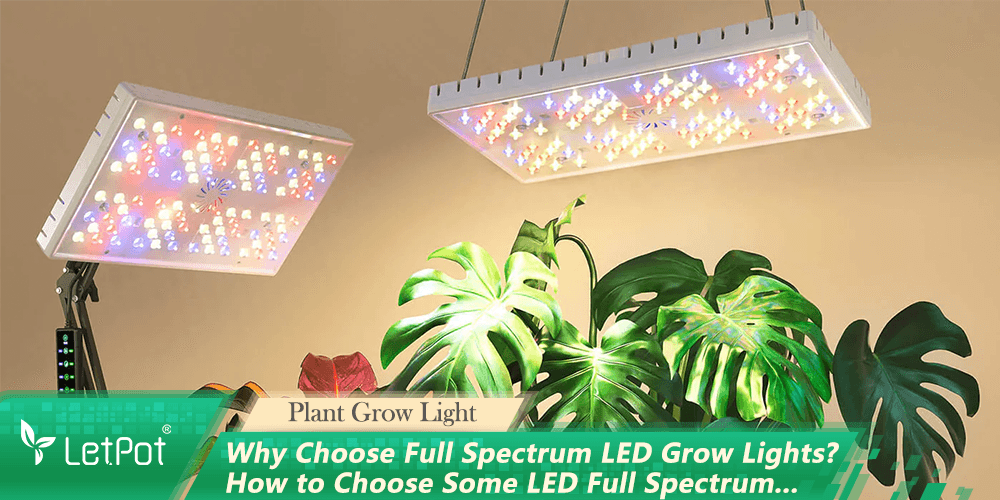
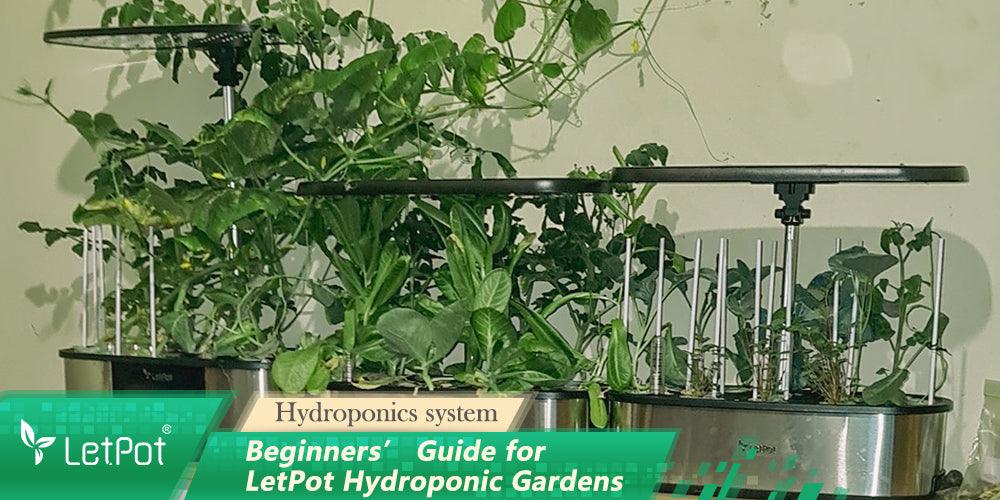
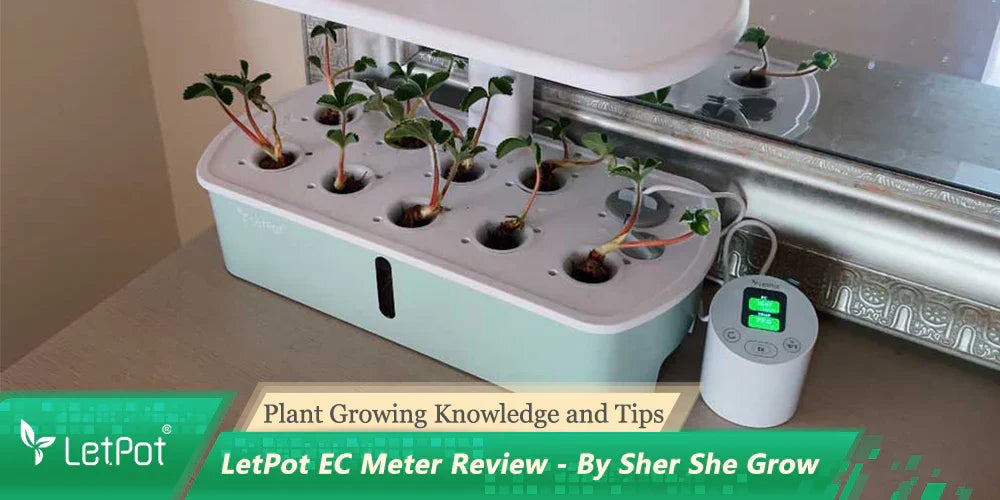
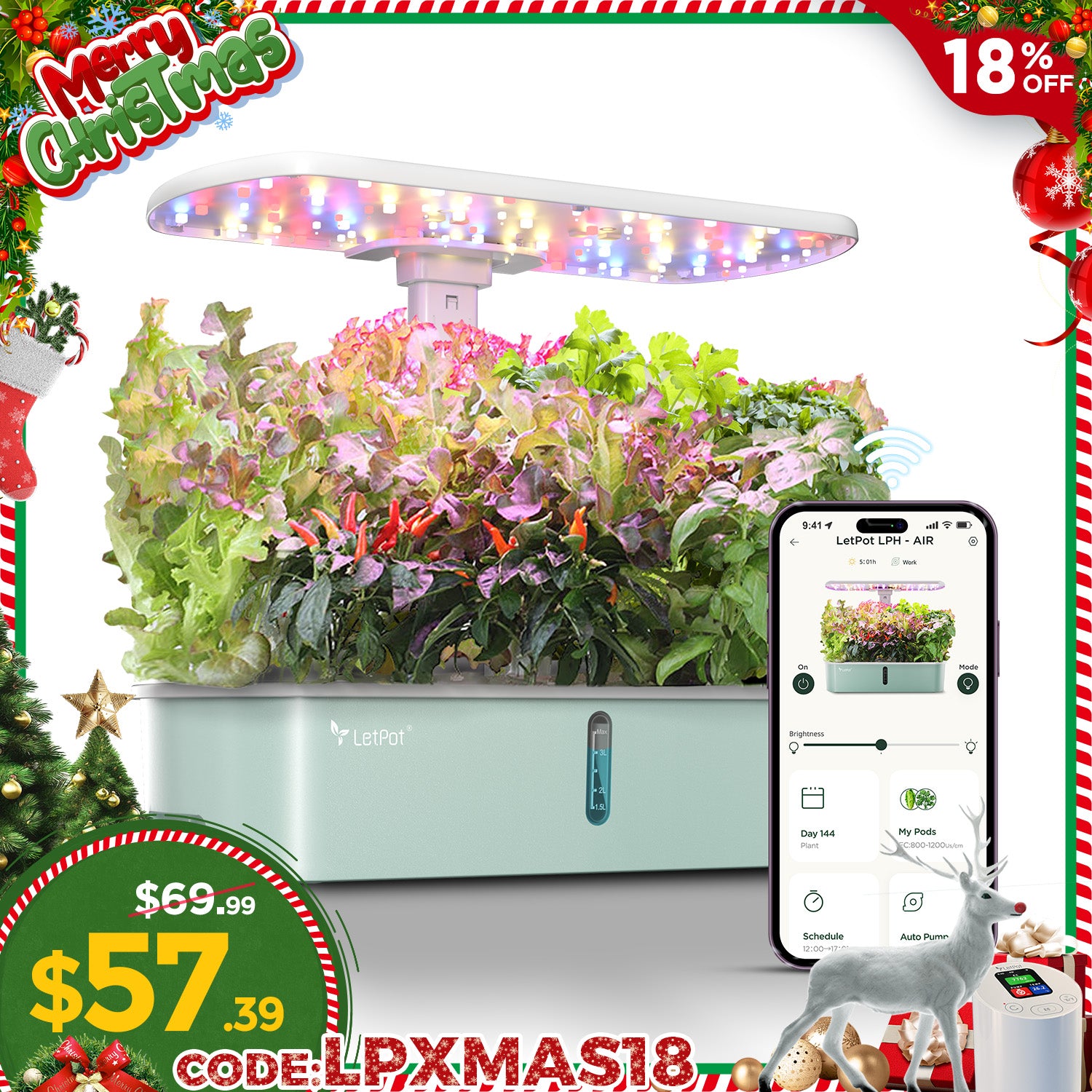
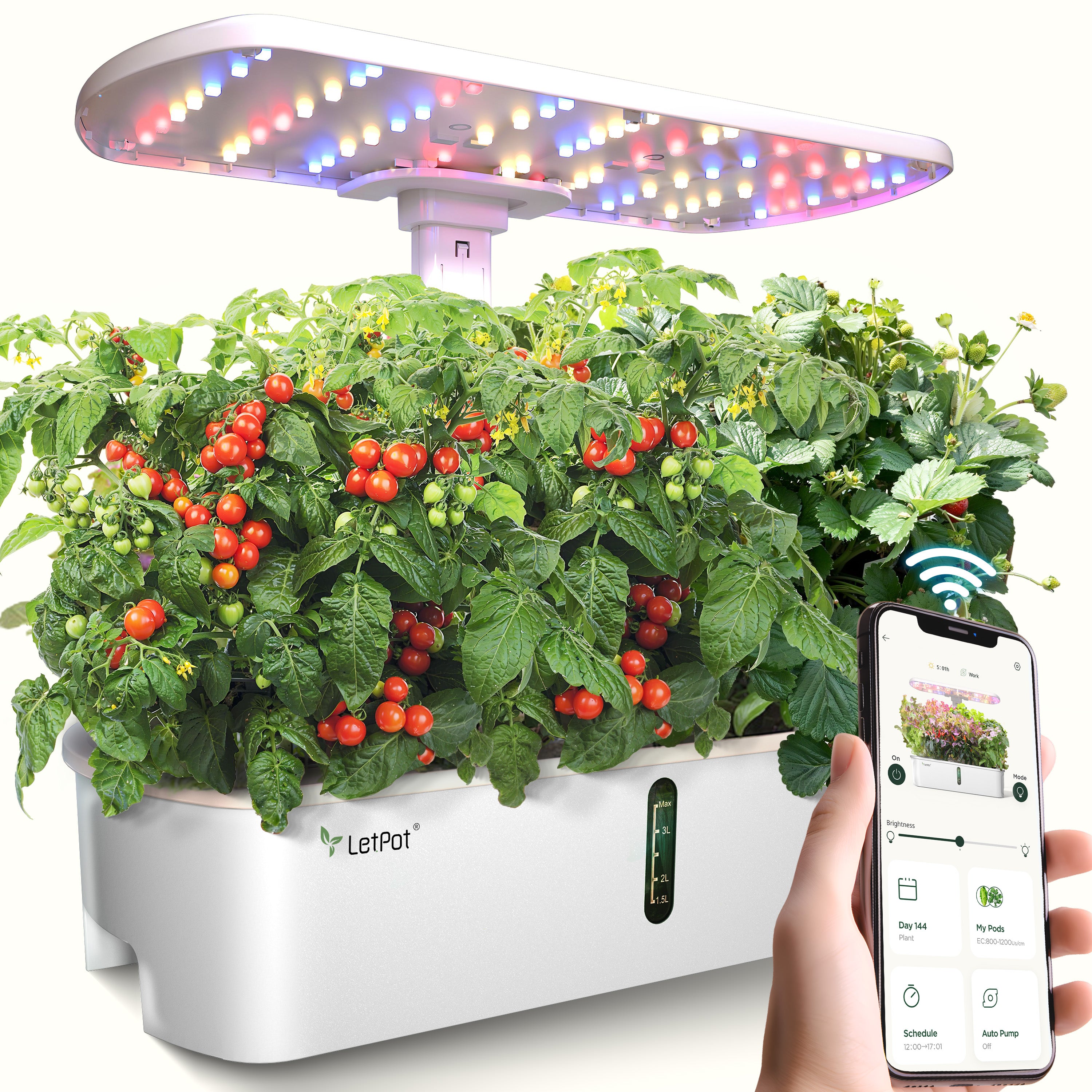
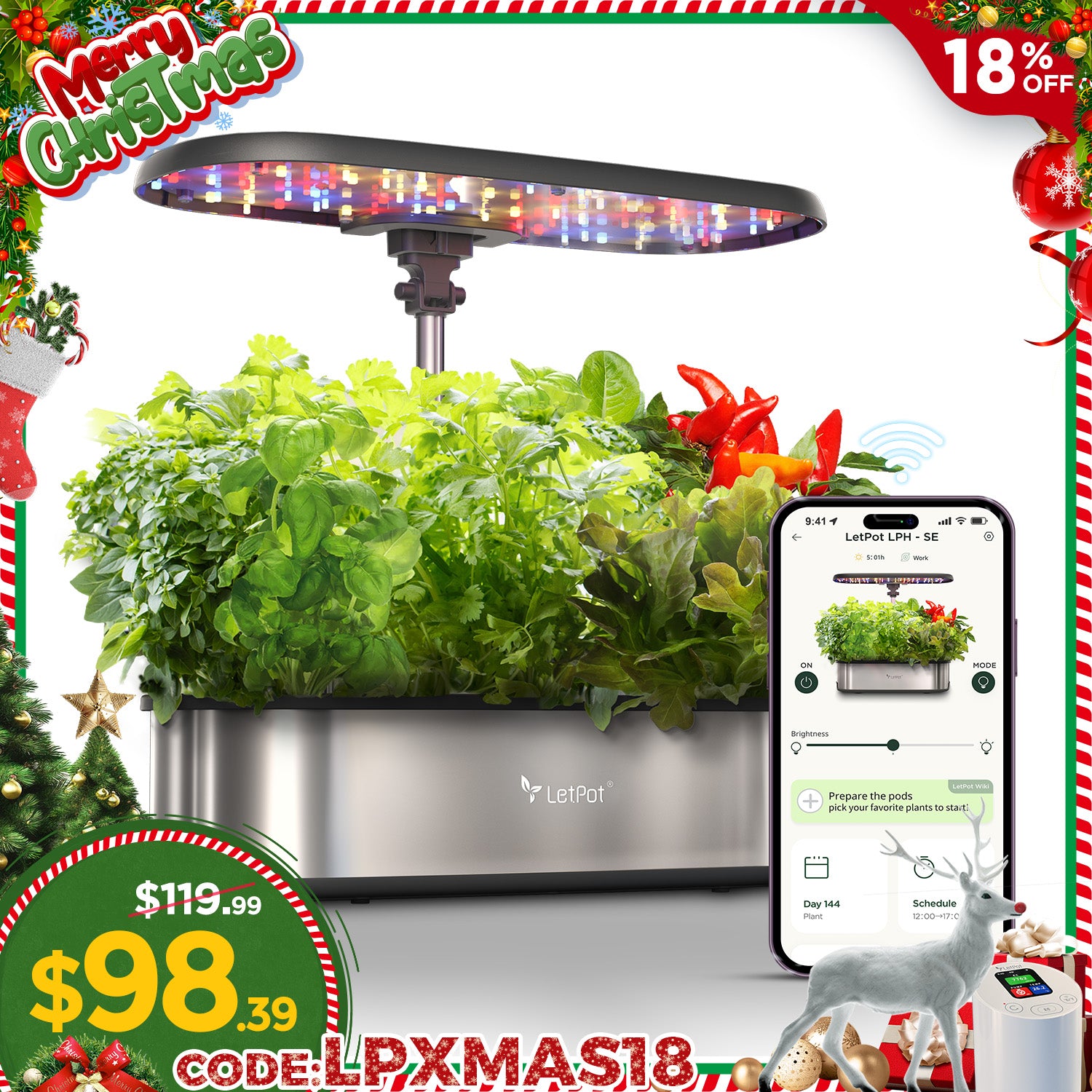
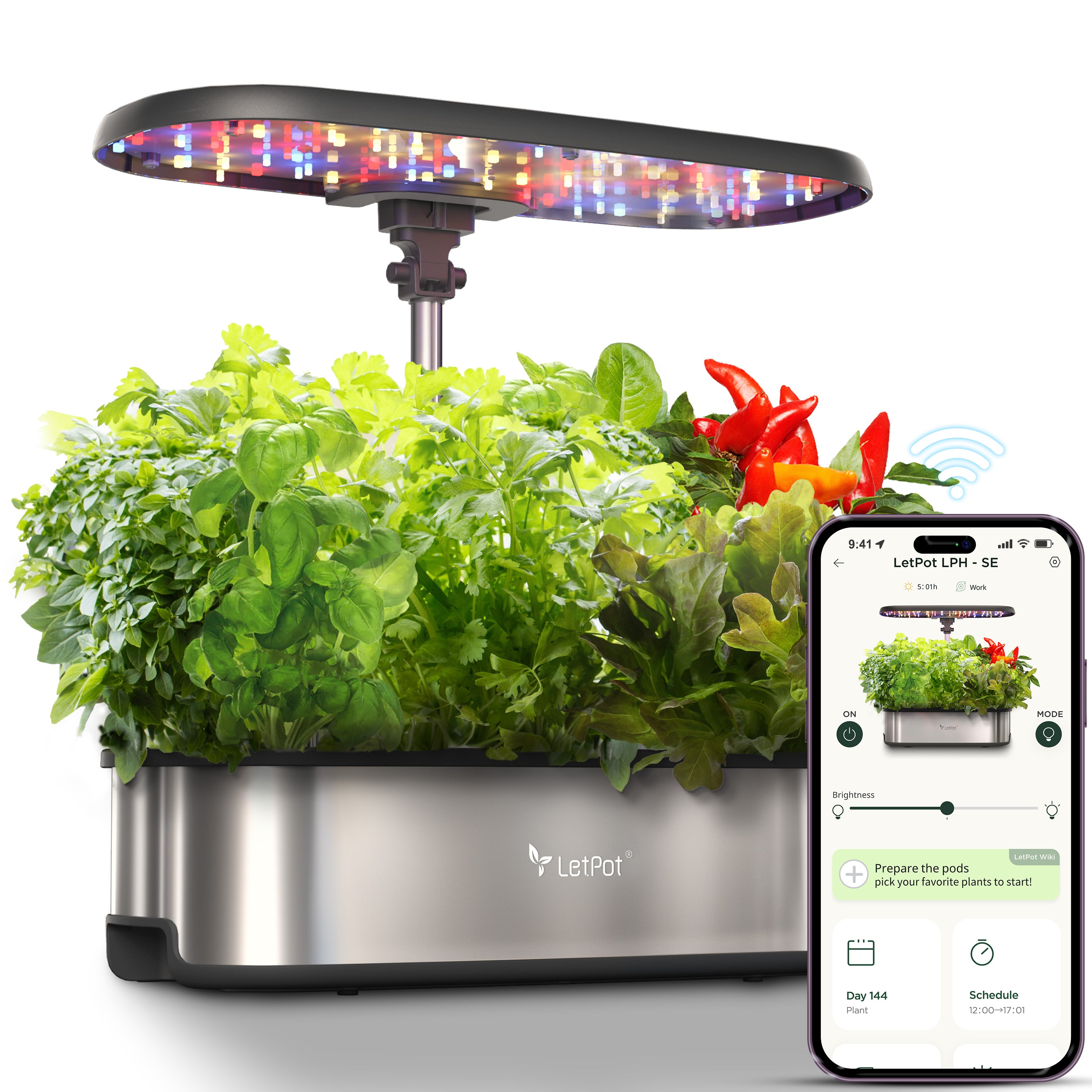
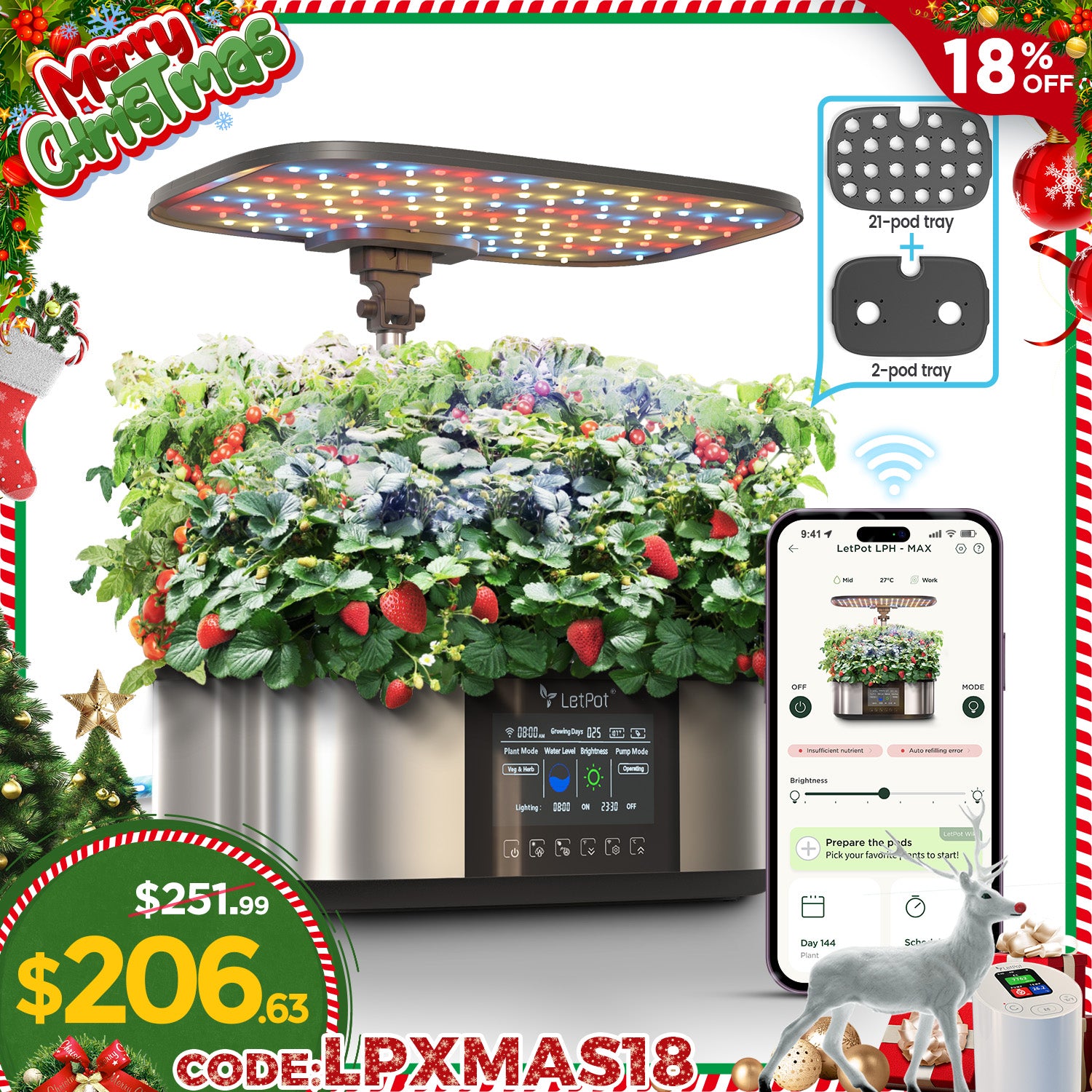
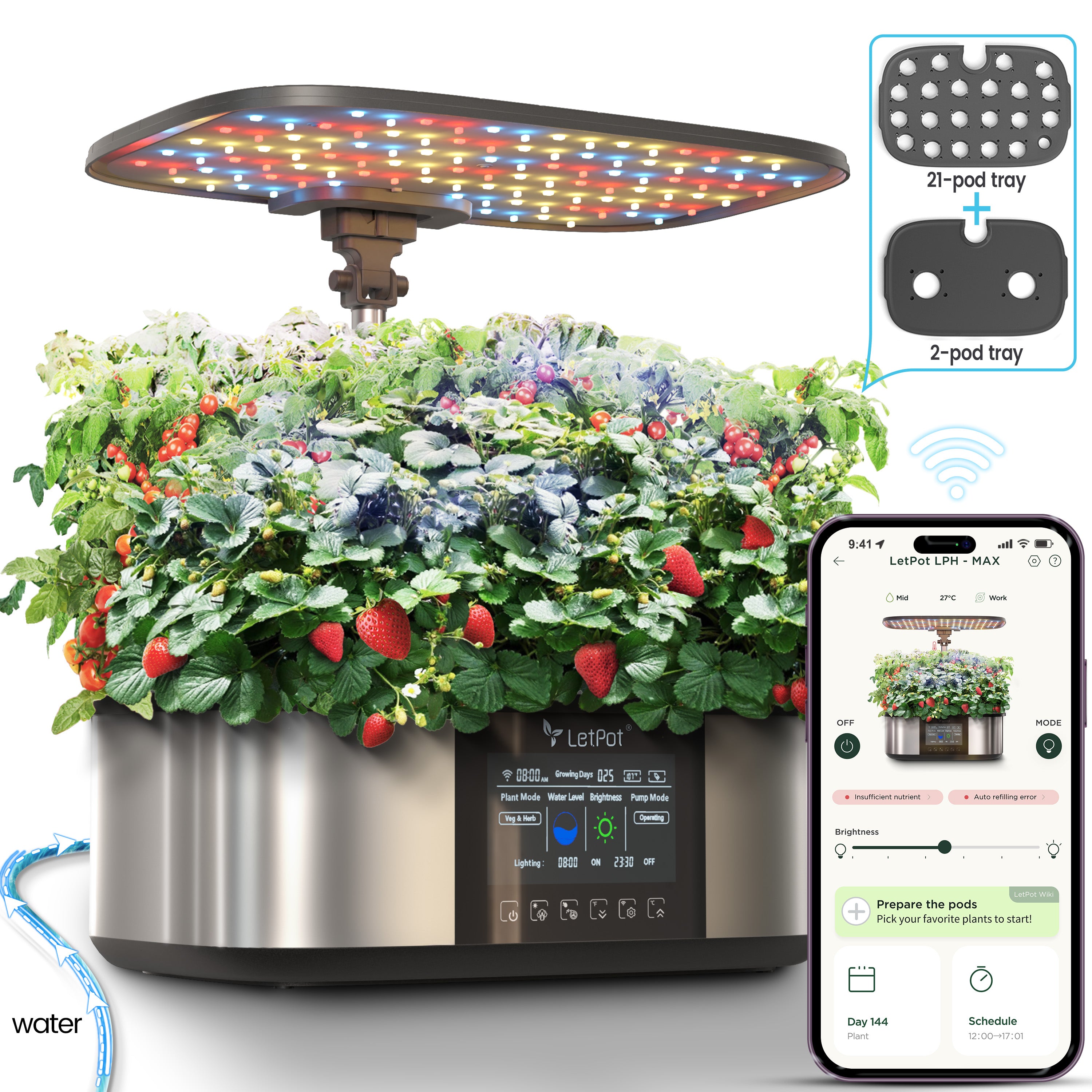
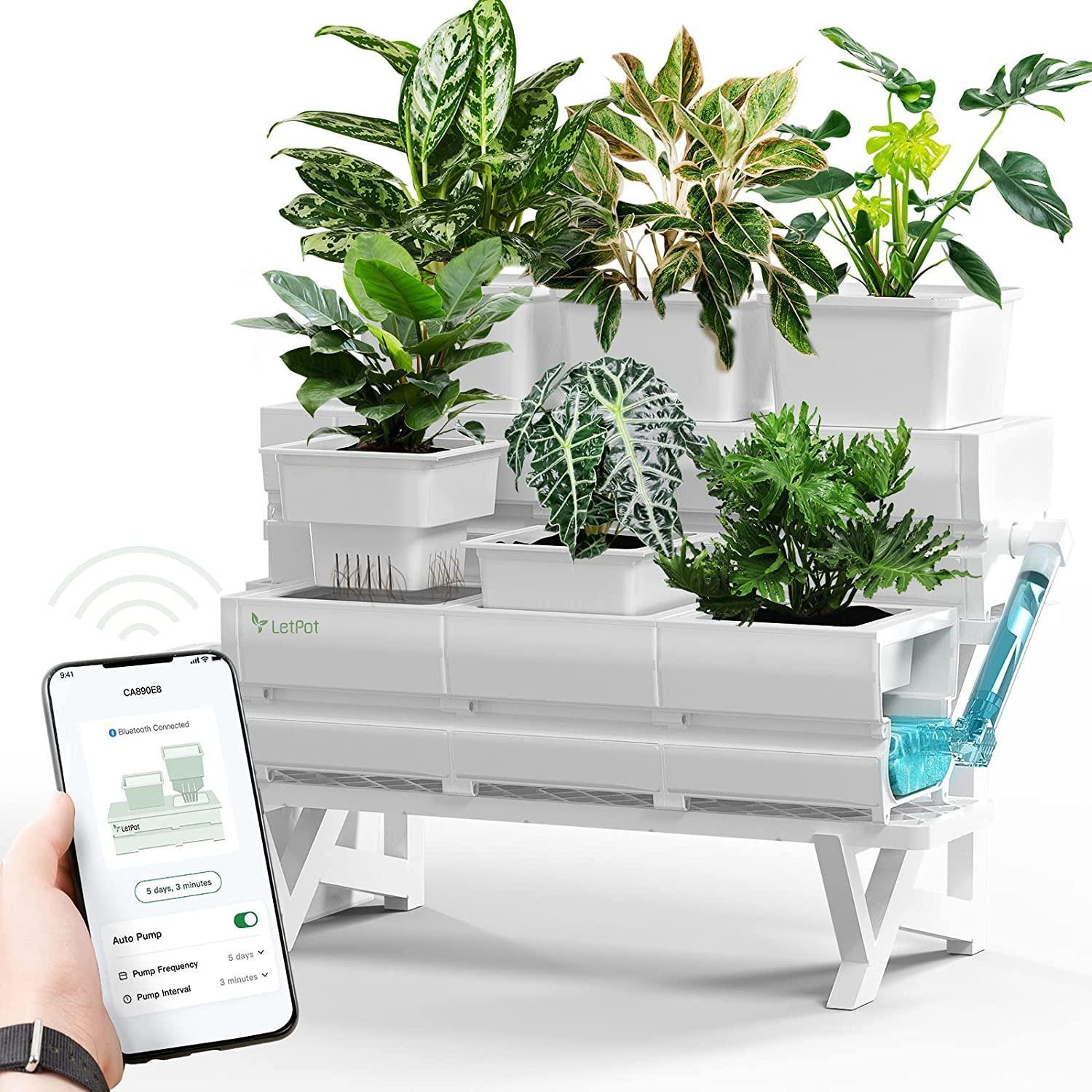
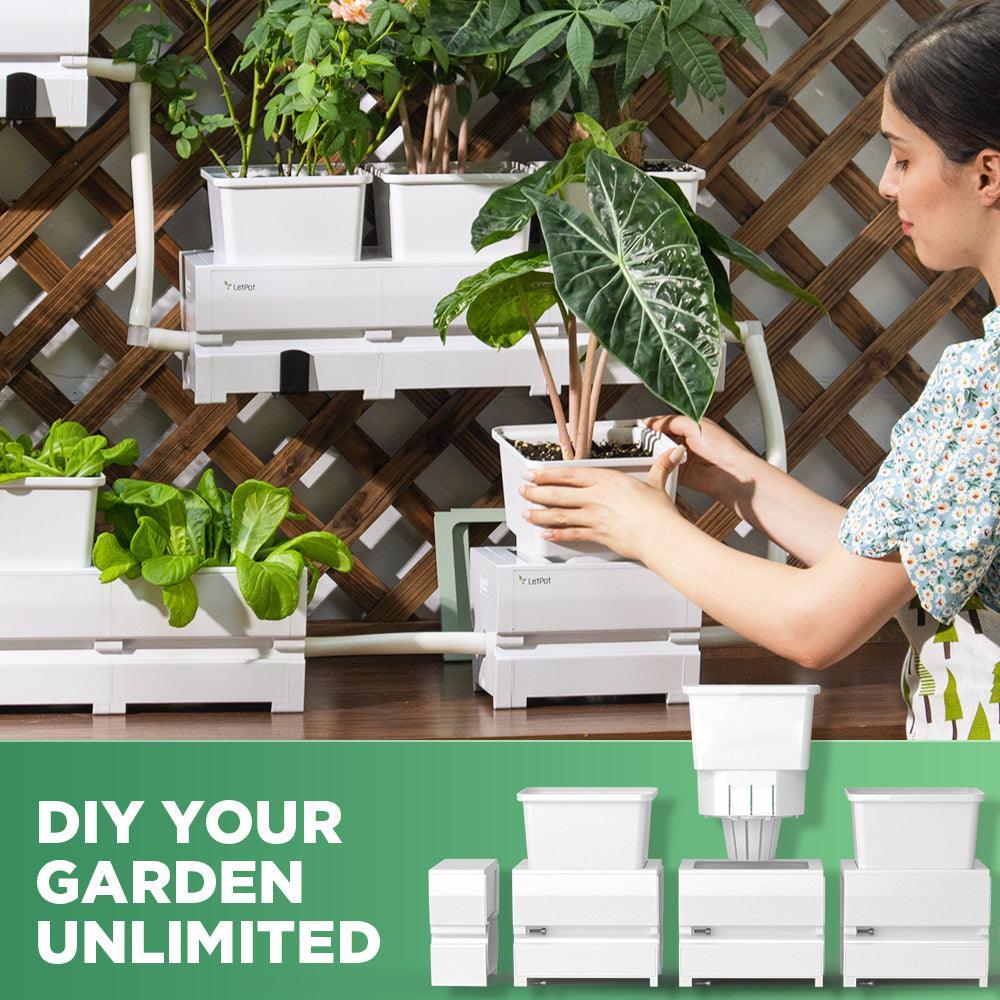
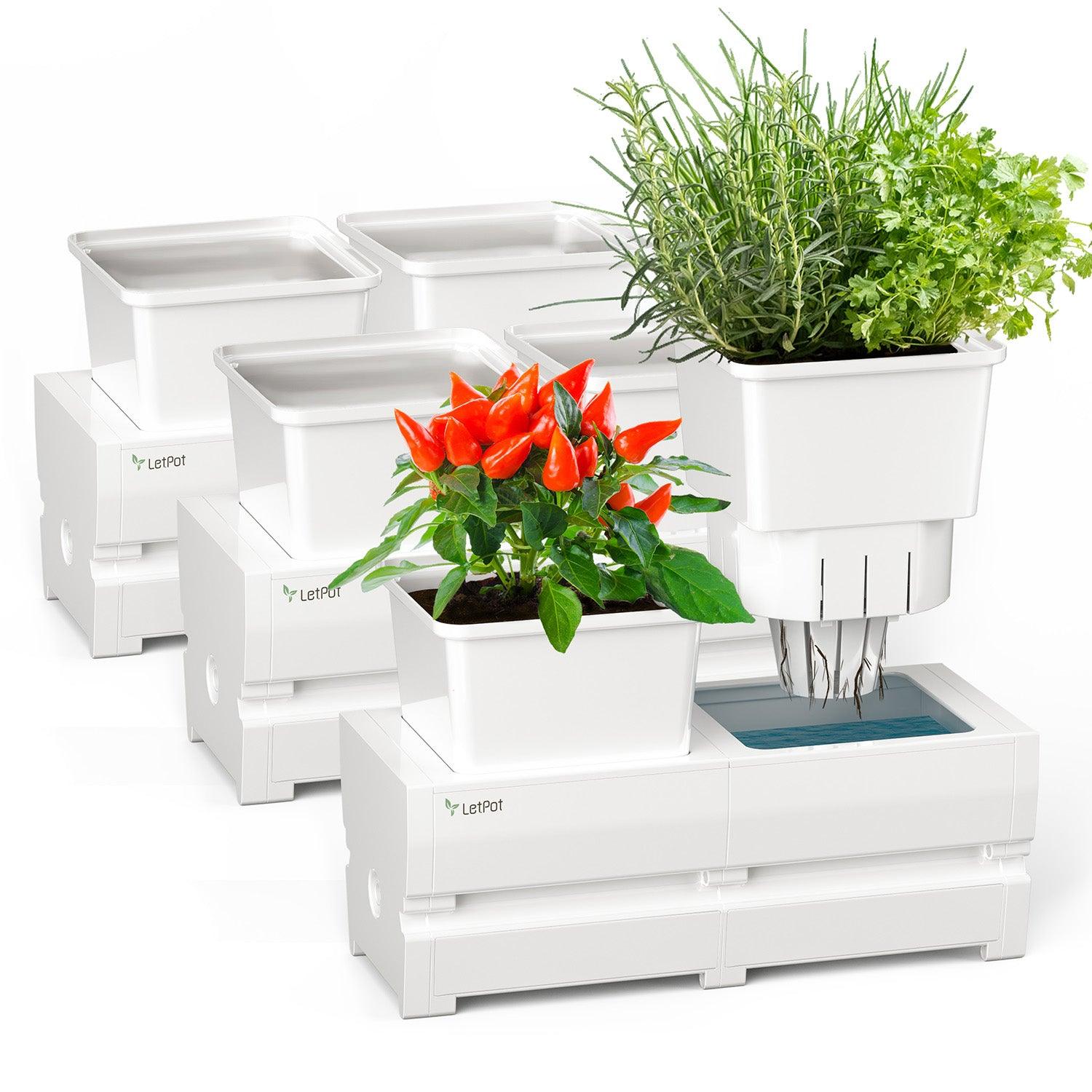
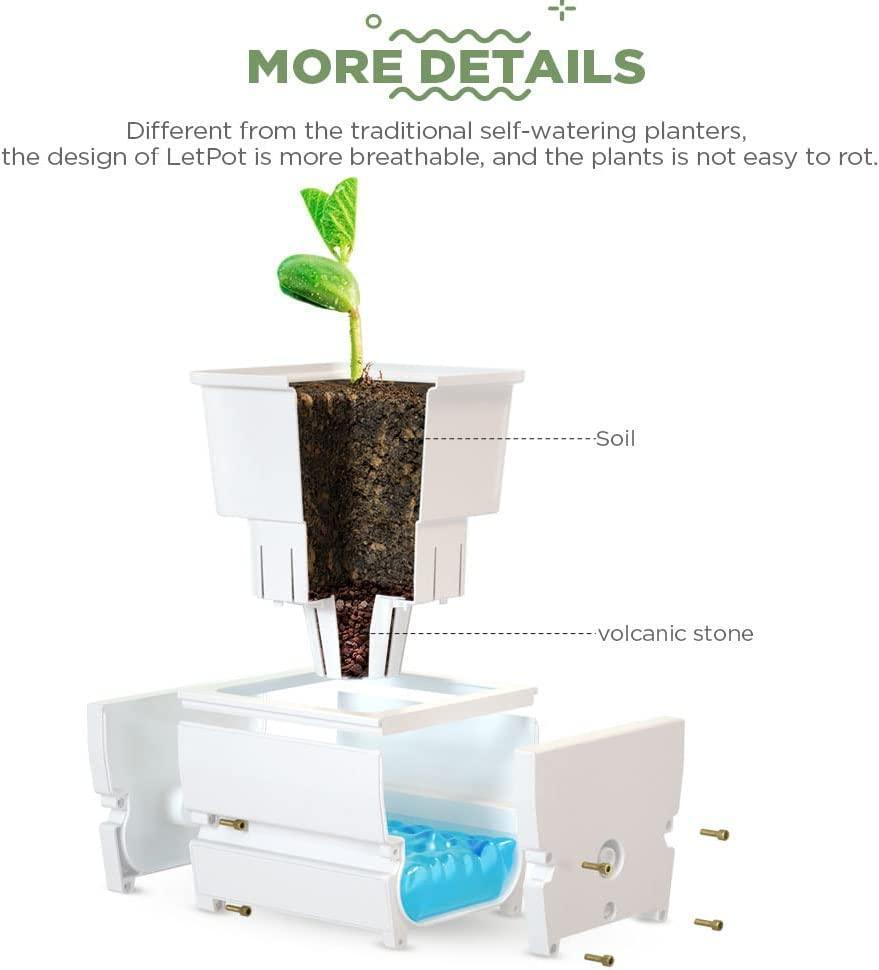
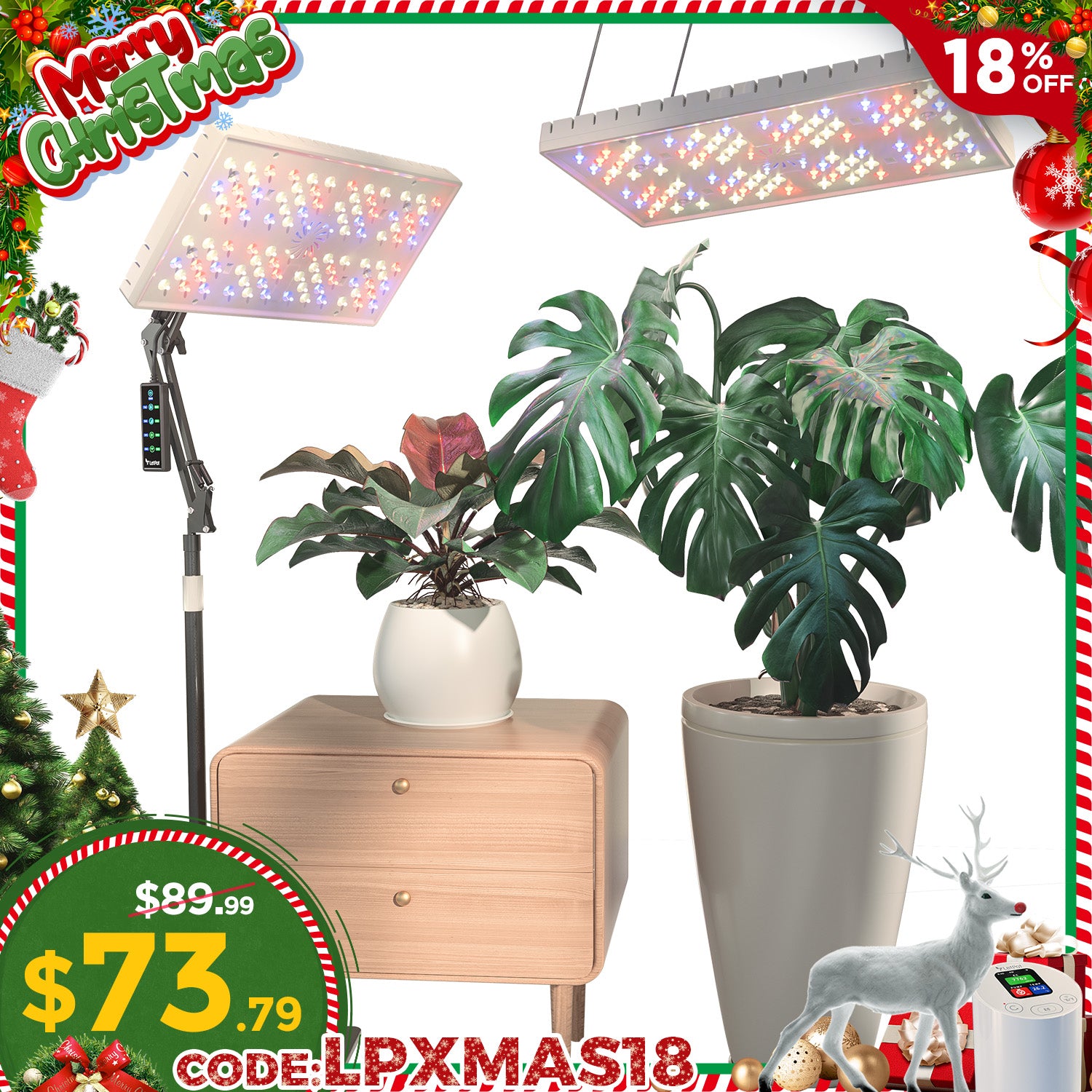
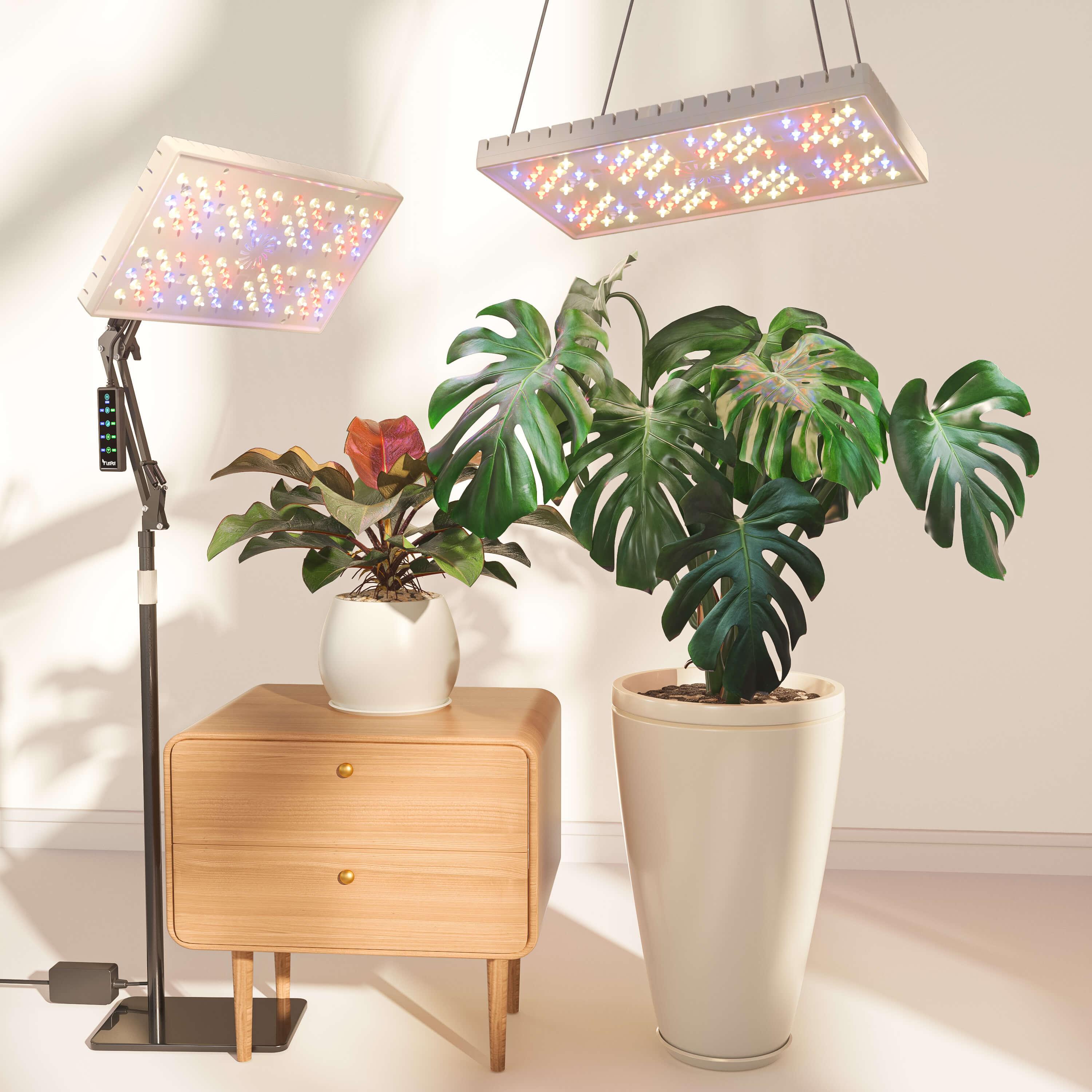
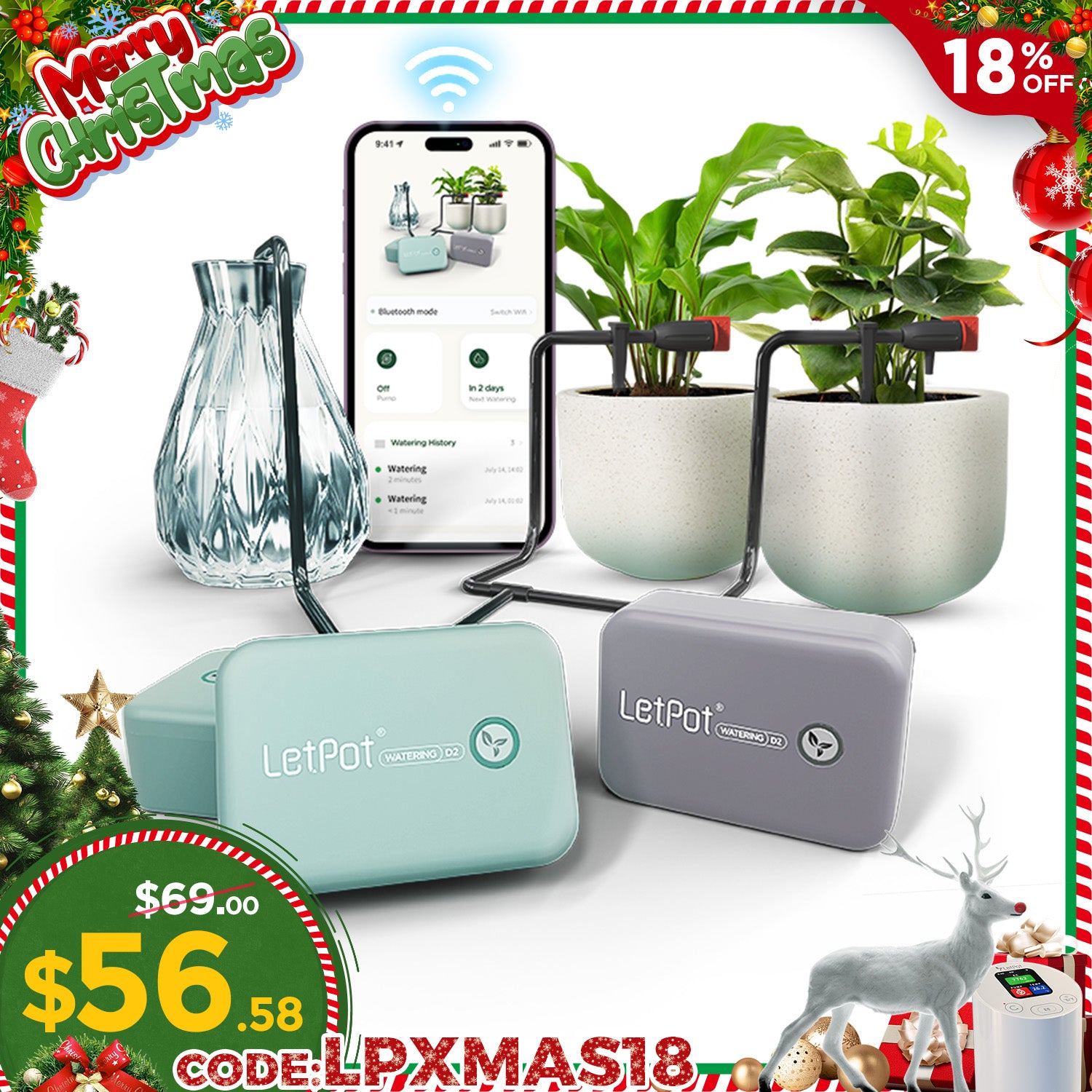
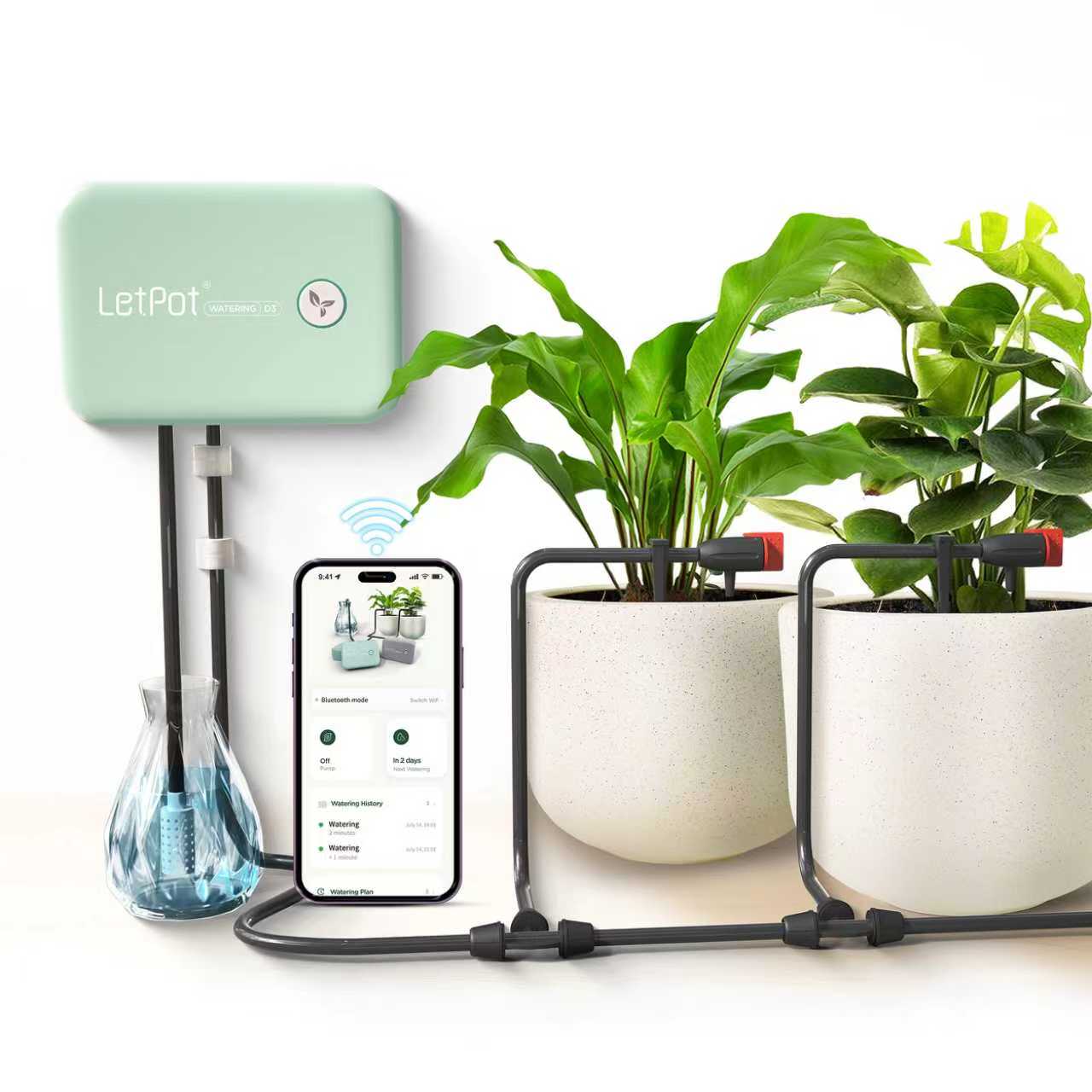
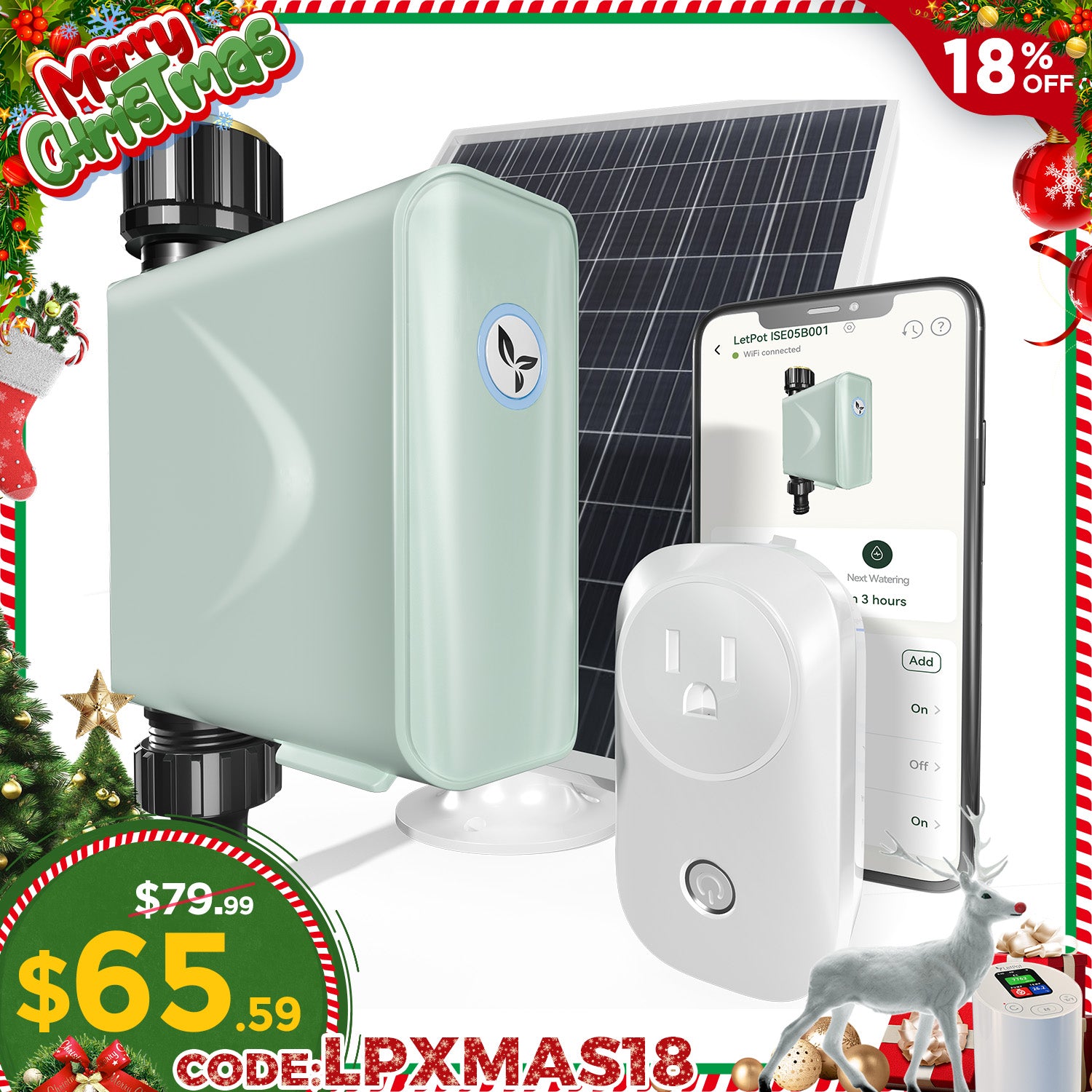
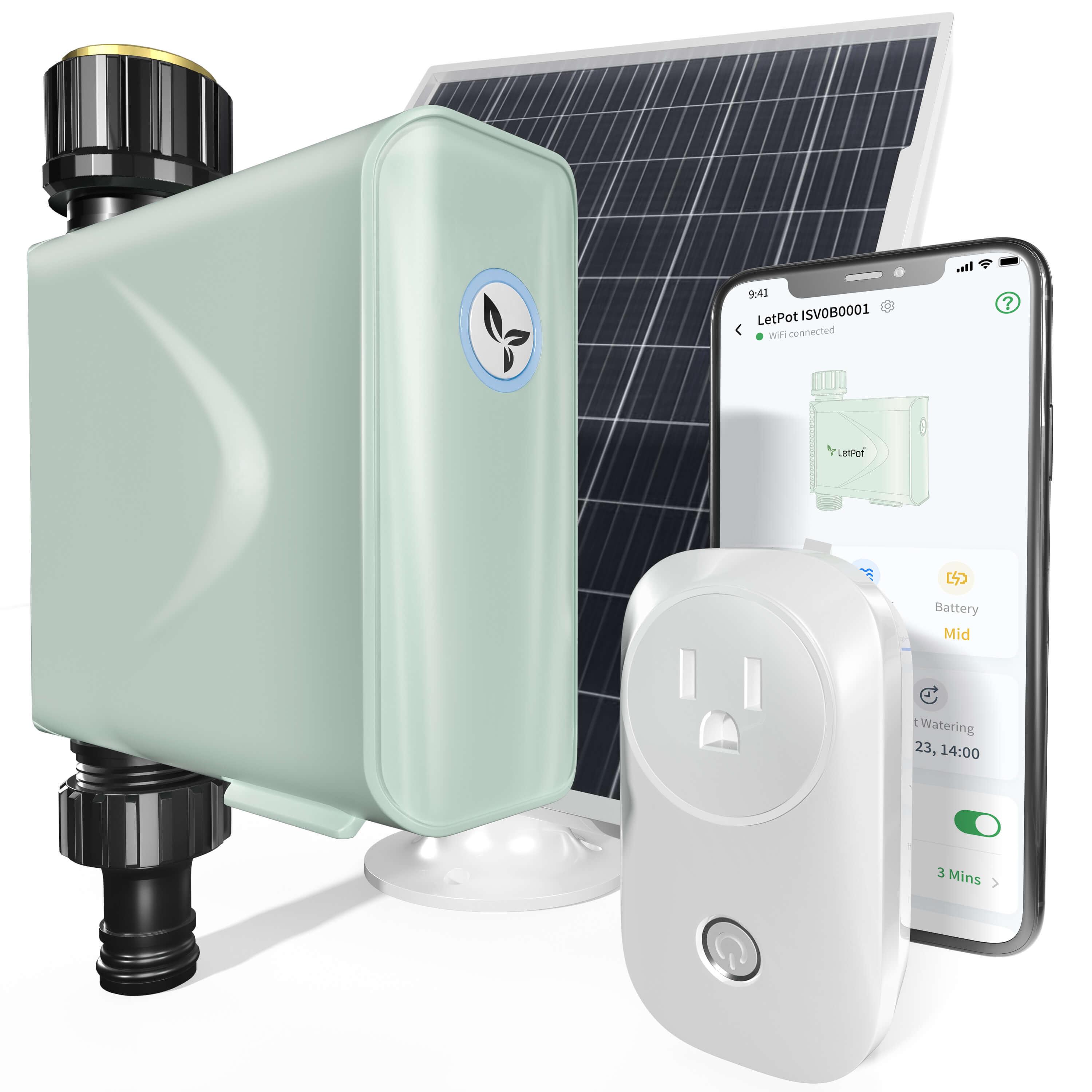

Leave a comment
All comments are moderated before being published.
This site is protected by hCaptcha and the hCaptcha Privacy Policy and Terms of Service apply.